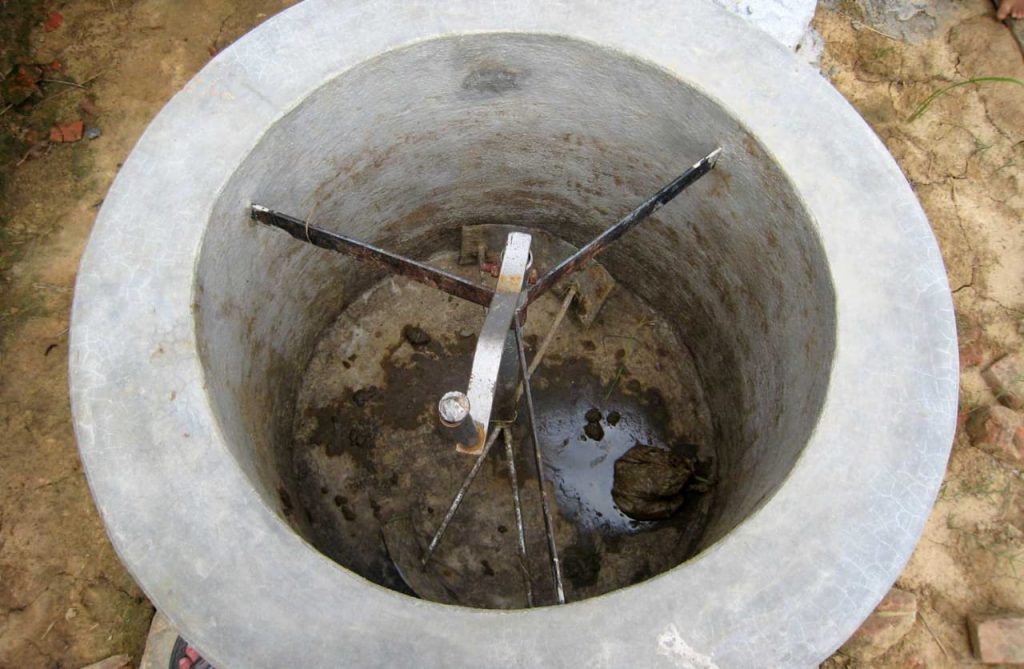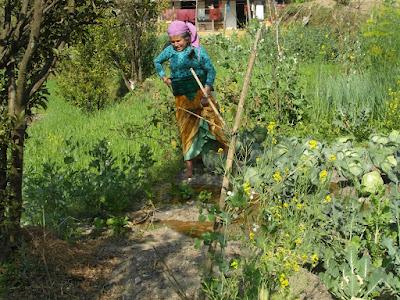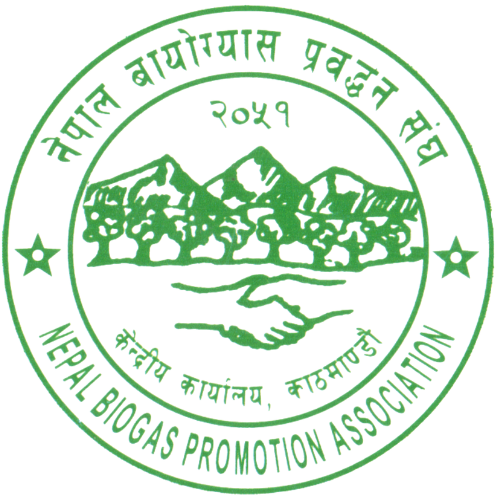BIOSLURRY
Introduction
After the completion of bio-gas plant, equal amount of cow dung and water is mixed and send to the digester though the inlet of the Bio-gas plant. Inside the Bio-gas plant decomposition of the mixture takes place to produce methane gas and the remaining portion of the mixture is send through the outlet of the Bio-gas plant which is known as Bioslurry. This viscous liquid contains 93% water and 7% percent dry matter (4.5% organic & 2.5 % inorganic). Bioslurry is a ready-made fertilizer containing every nutrient needed for the plant and can be directly used in fields to grow crops which is more effective in comparison to other fertilizers.



Characteristics
- Odorless (Fully digested inside the digester).
- Insects & flies not attracted.
- Reduces (50%) growth of weeds on the farm since weed seeds in the raw state get destroyed during the fermentation process in the digester.
- Enhances activity of beneficial microbes in soil.
Nutrients Present in Bioslurry
Uses
- Being high-quality organic manure it can be used to increase agricultural product yield.
- Decreases the use of costly chemical fertilizers hence saving income.
- Improves water holding capacity, stabilizes humid content, and prevents the leaching of nutrients from the soil.
- Can be used as feeding material for fish.
- Can be used as a bio-chemical pesticide, where chemical pesticides can be mixed with bio-slurry in 15-20%. This biochemical pesticide controls different kinds of pests & insects harmful to agricultural production.
- Soaking seeds in bio-slurry can induce seedling germination faster & resist diseases.
- Can be used in earthworm production.
Utilization & forms of bio-slurry
Depending upon the requirement & comfortableness bio-slurry can be used in different forms. Nutritional content varies in different forms of bio-slurry.
Liquid Form
- Can be applied directly in the field using a bucket or can be discharged through an irrigation canal.
- Before using should be diluted with water at a ratio of 1:1.5-2 because due to high concentrations of ammonia & phosphorus cause a burning effect on tender plant parts.
Dried Form
- This is practised as transportation of liquid slurry is difficult.
- But nitrogen in the form of ammonia is lost by volatilization & nutritive value of slurry is diminished.
- So, least efficient method of slurry application.
Composted Form
- The best form to overcome drawbacks of using in liquid & dried form.
- Should be taken to the field only when necessary & used immediately to prevent nutrient loss.
Nepal Biogas Promotion Association (NBPA)
Central Office Kathmandu
Santinagar, Gyankunja Marga Ward No:31 Home No. 131/23 Near to Tinkune Pool.
P.O. Box No: 10074
Kathmandu, Nepal
Tel. +977 (01)-4622113 or M: 9851321496
Email: nepalbiogas@gmail.com
©2023 Nepal Biogas Promotion Association. All rights reserved. Developed by Clock b Business Technology.

